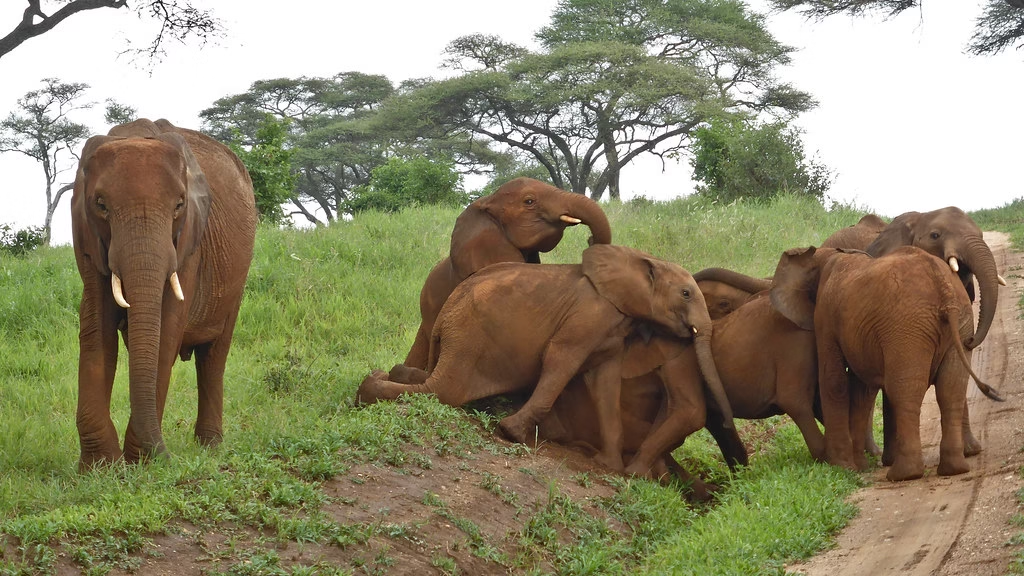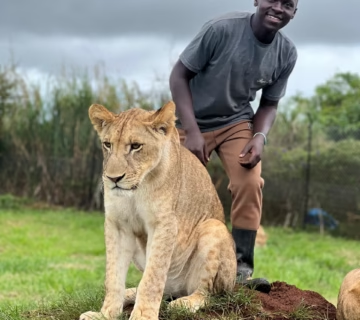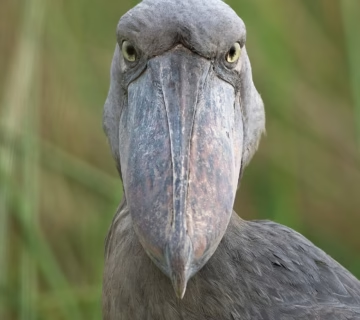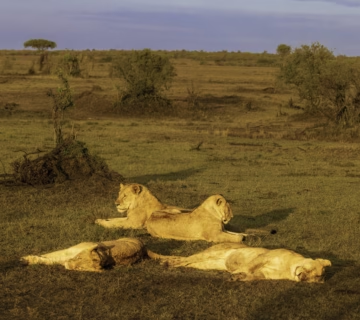WILDLIFE RESEARCH TOUR
Since you get a chance to get near to the animals and discover their behaviors more clearly with a small group of researchers, wildlife research tour—also known as experiential tourism—in Queen Elizabeth national park is the greatest option to make your Ugandan safari experience more authentic. Furthermore, your results are constantly entered into the research databases that enable Uganda’s wildlife ministry to carry out its sustainable tourism initiatives at Queen Elizabeth national park.
With locator devices tracking radio collars on the particular animals and birds in Queen Elizabeth national park, wildlife research include the observation of wild animals and birds. Aimed at building a database enabling the understanding of the ecology of birds and wildlife in Queen Elizabeth national park, experiential tourism seeks to
The experience research in Queen Elizabeth National Park involves a variety of species. Every animal research project is a package unto itself, charged differently by the Uganda Wildlife Authority (UWA), the government entity in charge of all protected areas in Uganda.
LION ( CARNIVORE) RESEARCH AND Tracking
Only conducted in Queen Elizabeth national park in Uganda, lion tracking study is the most well-known experimental tourist activity in Uganda. By means of radiator trackers, the study team locates lions. Though lion tracking is mostly done in the kasenyi plains, lions in Queen Elizabeth are dispersed over all the national parks. Aiming at researching the ecology of the big cats in protected regions of Uganda, the Uganda carnivore program oversees lion tracking.
Since lion tracking is a sensitive activity and only few individuals are permitted to participate daily in Queen Elizabeth national park, it is essentially research than a tourist activity. That is, lion tracking or study activity limited to one to three hours conducted twice a day under a lead of researchers assigned by Uganda wildlife authority.
The following explains why it is so limited in time and participation and so delicate:
- Investigatory aims
- To give the guests research experience
- To prevent straining the lions under observation
- Help the guests to pick up lion behaviors more like those found in their natural habitat.
In Queen Elizabeth national park, lion tracking and study is the best and most exciting activity despite the accompanying conditions. It lets you closely study the lion behavior on the Kasenyi grasslands of Queen Elizabeth national park.
Hippo Census
Another event under the unusual but exciting experimental tourism or research is the hippo census. It is done in the morning, before the heat sets in at about 8:30 am. The hippos feed at night and by 8 a.m., they are all back into the water fleeing the intense heat in the early hour. You must have the following tools before joining the hippo census activities:
- Binoculars to let you see better
- Data recorder with sheets to record counts each school and camera to record hippo schools
- Counting hippos from all water bodies in Queen Elizabeth national park—including Lake Edward, Lake George,
- Kyasanduka Crater Lake, Nyamasingiri Crater Lake, Kazinga channel, Kyambura River, and Ishasha River—the hippo census is underway. As they approach any hippo school along the shorelines, the researchers tally all that are clearly visible. Then the observer tells the person in charge of records the number; this is a two- or more person’s action.
A part from the governing (Uganda wildlife authority/ UWA) body of queen Elizabeth national park, you are also a benefactor from the hippo census activity; it is an opportunity for visitors to participate in the management programs of queen Elizabeth national park, which generates conservation of wildlife in queen Elizabeth national park.
MONGOOSE Monitoring
Among the experiential tourism pursuits in Queen Elizabeth National Park, mongoose tracking is the least well-known activity there is. One does it in the Mweya peninsula. Though these rodents are little, their behavior makes the banded mongooses interesting subjects for research. Participants in Mongoose Tracking on foot follow a guide who looks for the mongooses and, upon discovery, examine their activities and habits for at least one hour.
Authorized for wildlife research at Queen Elizabeth National Park
The Mweya visitor information center handles all of the bookings for research or experiential tourism events; likewise, the guides are appointed here. The permits range in cost depending on the sort of research mentioned below;
- Lion tracking and study for the people living in East Africa: 50USD and 50, 000UGX
- Hippo census: 100 USD and 100, 000UGX for East African nationals
- Mongoose tracking: East African nationals pay 30USD and 30, 000UGX.
Notably, the Uganda wildlife conservation tariff protocol 2023 – 2024 charges each visitor per day for the expenses of the experienced tourism activities.




